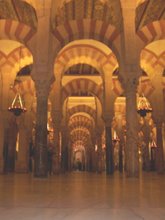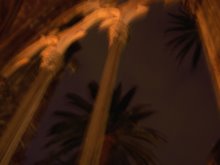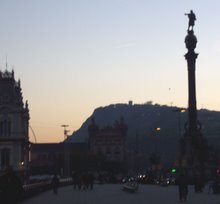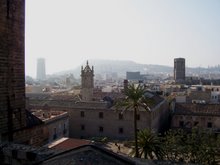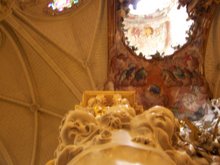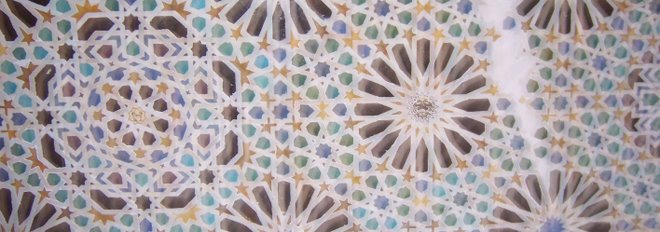4.3.07
Paris
It's time for me to recount my week in Paris, and as my parents often suggest, maybe I should devote more of my writing to architecture and less to illustrating my studies abroad as a endless raging party. Point taken. After all, if people back in the U.S. were to judge the foreign studies program solely by my blog entries--well, Randall Ott himself might fly one of his chapels over here to make sure I'm working. I can assure you I am, and not only that, but I actually want to learn and experience everything Europe has to offer. My travels [the somewhat edited version] began with a Metro ride to a bus to a train in an airport in Geriona, all to save a few euros. We arrived at our grimy hostel bordering the redlight district, oddly named the Friends Hostel. Our first acquaintances were a generic New Yorker, a young man from the U.K. enlisting in the French Foreign Legion, a dreadlocked American hippie girl who works in a sex shop, and our roommate; a California gang member turned gourmet chef. As the name implies, the hostal was a place to befriend wandering derelicts and watch the one television show offered in the dining room, Friends dubbed in French--the French are lovers of corny jokes. Our first stop was, of course, the most visited of Parisian icons, the Eiffel Tower. The base was surprisingly large. As I ascended the first two levels by stair and tourists below became impressionistic dots, I felt the occasional tingling of acrophobia in my legs, that I might somehow trip and plummet to my death, bouncing through the web of iron beams to the plaza below. On the top level, despite the howling wind and rain, I got the best overhead view of the city. Next, I went to the Arc d' Triumph, and naturally, the Louvre. One could spend a lifetime in the Louvre, studying the greatest works of the greatest minds, in one place--to literally walk through and witness history; from the Code of Hammurabi to the Mona Lisa. By the end of the day, my feet were sore and my brain was numb from hours of staring at paintings and sculptures. At the conclusion of each day, we navigated back to our hostal through a swarm of hash dealers; illegitimate cigarette vendors; gypsy girls begging for change with babies in their arms; and a horribly deformed woman with backwards knees, walking on all fours with sandals on her hands. Each night, we climbed La Monte to a cathedral with a panoramic view of Paris to watch the city lights. At night, the cathedral steps were also frequented by Moroccans on cocaine who blasted 80s music from a stolen iPod, hippies strumming guitars, French winos, transvestites and prostitutes, teenage couples swapping spit, and an occasional tourist family unfortunate enough to get caught up in the mess. Delinquent teens, in all their drunken glory, went sledding down a slick dew-covered grass hill on plastic bags, until one crashed into a fence. He stumbled across the cathedral entrance, clutching his face and screaming and dripping blood across the ancient stone steps, before disappearing into a shadowy alleyway. Oh yeah, back to architecture. I went on to see the Egyptian exhibit at the Grand Palais, the Petit Palais, Notre Dame, the Paris Opera House, and other buildings that made me appreciate the architectural achievements of the French--their adaptation of other styles, incredible attention to detail, ornateness, creativity, displays of wealth and grandeur. Nothing like these places, I suppose, will ever reappear in today's architecture. Perhaps because such skills have been lost to technological advancements and mass production, or perhaps because such structures are simply born from an egocentricity and a wastefulness, often the lust of one man to display his power to the world, that is no longer tolerated in our society. Call this approach towards architecture what you will. Alright, it's not quite balanced for some pompous king to build a palace with hundreds of rooms and marble and gold and sculptures and all sorts of superfluities--especially considering how many peasants probably spent their lives working on these--but who can argue with how amazing it looks today. As I left France; unable to bring any part of Paris back with me through customs, still disheartened by the confiscation of my food by a French bomb inspector who suspected I might somehow blow up an airliner with a jar of raspberry jam and a couple cans of tuna fish; I have returned to Barcelona with a sour taste in my mouth for the French and their silly guttural language but a fascination with their architecture.
Phase One of Urban Planning Project

 Ben, Bob, and I created an approach for the basic massing of the blocks surrounding the proposed renewal of Placa Glories. Using the Cerda block plan as a starting point and working within the guidelines set forth by the town council for square meters and preservation of certain existing facades, we worked to improve the perception of the area as an urban enclave, solve the present complexity, recognize the green corridor of the city, and create a singular space that improves the current fragmented nature of Placa Glories. Therefore, we felt it necessary to define a new urban edge and establish a unified center of Barcelona.
Ben, Bob, and I created an approach for the basic massing of the blocks surrounding the proposed renewal of Placa Glories. Using the Cerda block plan as a starting point and working within the guidelines set forth by the town council for square meters and preservation of certain existing facades, we worked to improve the perception of the area as an urban enclave, solve the present complexity, recognize the green corridor of the city, and create a singular space that improves the current fragmented nature of Placa Glories. Therefore, we felt it necessary to define a new urban edge and establish a unified center of Barcelona.Project One: Plaza Analysis
Subscribe to:
Comments (Atom)

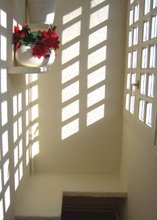
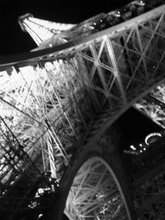
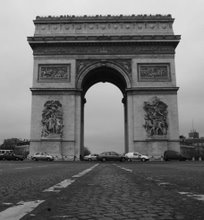
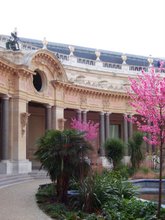
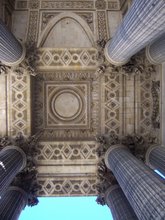
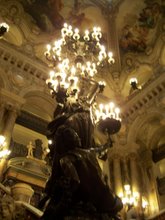
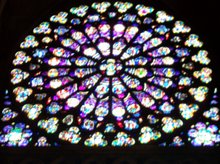
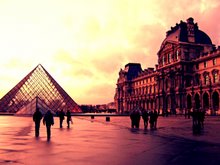
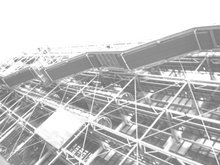
![EIFFEL TOWER [TIME LAPSE]](http://photos1.blogger.com/x/blogger2/5665/1019337950511865/220/z/173351/gse_multipart47583.jpg)
